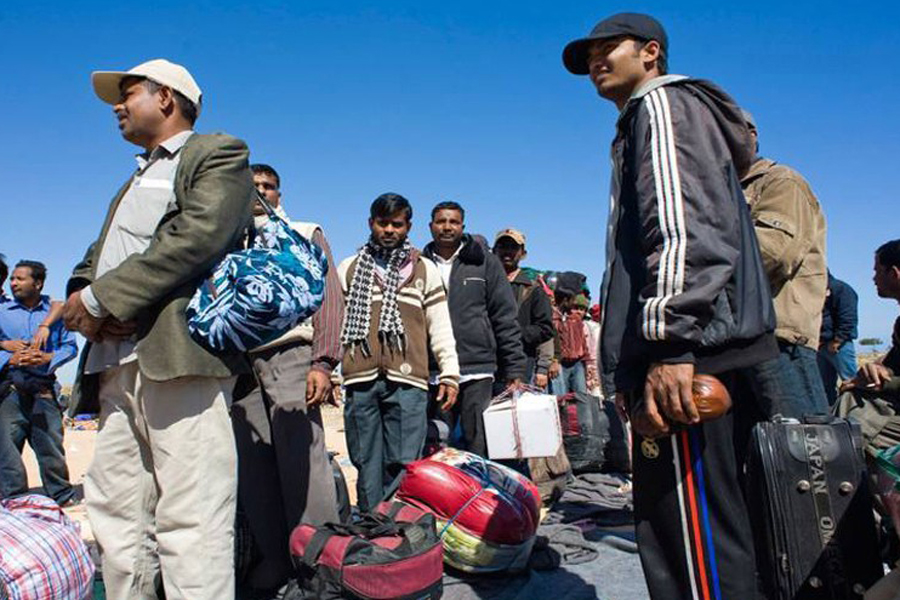
Published :
Updated :

It is the sheer economic reasons that drive working age people from the rural or semi-urban backgrounds to the urban centres both within a country and across the border. Though cross-border migrant workers contribute to the economic growth of their host nations, they may still face discriminatory treatment from the employers there in terms of pay and working conditions. In the South Asian context, it mostly happens in the case of undocumented, cross-border migrant workers, say, from Bangladesh to India. Even though such intraregional movement of labour is essential for regional economic integration and growth, these migrant workers' interests remain unprotected in absence of proper legal protection. Since, according to reports, intraregional labour movement in South Asia (SA) has witnessed a marked growth in recent years, it is time, the countries of SA came up with legislations at the mutual, bilateral and multilateral levels to safeguard migrant workers' interests.
Driven mainly by poverty, the mostly unskilled cross-border migrant workers land up in the host country's informal sectors usually offering low wages. This is more so for non-local workers who, as they have to compete with the native workers for the job, may trigger conflicts between natives and non-natives causing security concerns in the host country. Considering these as challenges facing cross-border regional labour migration, experts at a recently-held regional-level meeting in the city, rightly censured the policymakers of the regional nations for their failure to address these issues. Indeed, the cross-country labour migration could hardly ever draw due attention of the regional leaders. So, it is not surprising that, regional migration of workers that has been taking place on a large scale is neither reflected in the official records of the host country, nor of the country where they come from.
Had the countries of the South Asian region kept records of the cross-border migration of workers and created a database, they would realise the importance of the phenomenon. In this connection, regional leaders would be required to create a positive public perception about migrant workers in the host economies, in particular. That would help create a congenial atmosphere for migrant workers to feel at home at their workplaces in the host countries and contribute better to their economies.
On this score, there should also be arrangements for upskilling the cross-border migrant workers to meet the requirements of prospective employers in the host country. At the same time, what one cannot be oblivious of at this point is that a significant portion of the cross-border workers are women. Since gender bias at the workplace is common in South Asia, especial attention of the policymakers would be required to make the working conditions gender-friendly. Everywhere in the region, female workers face hurdles having to do with gender-related issues at entry level as well as while climbing the ranks in their respective services. There is also the additional danger of cross-border trafficking in persons, especially females. So, strict monitoring measures should be in place both in the source and host nations of the migrant workers to check human trafficking in the guise of cross-border workers' migration. So, the South Asian governments should work out procedures to set a harmonious standard for accreditation of the cross-border migrant workers' skills. That would help them avail of the existing job opportunities in a neighbouring country.


 For all latest news, follow The Financial Express Google News channel.
For all latest news, follow The Financial Express Google News channel.